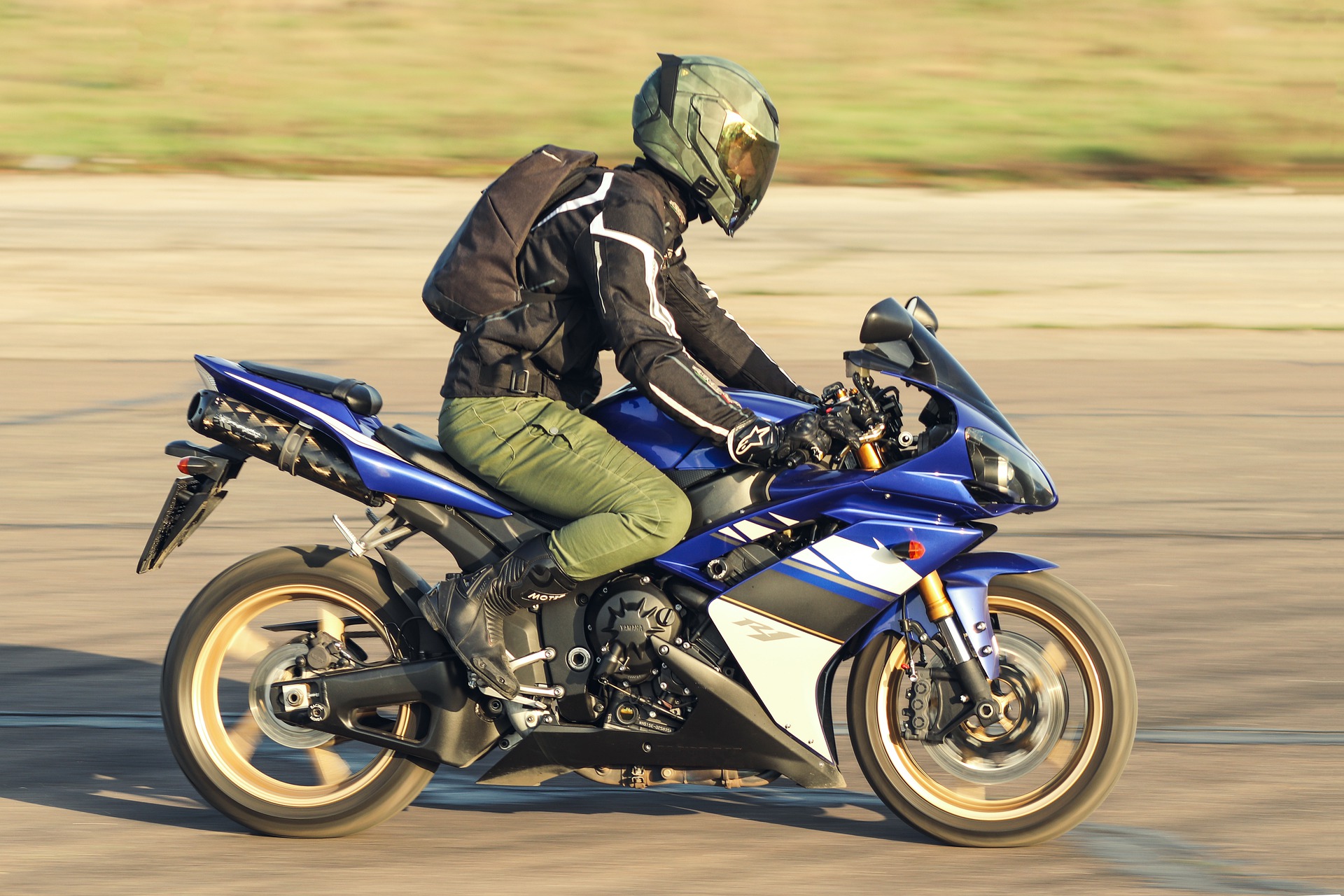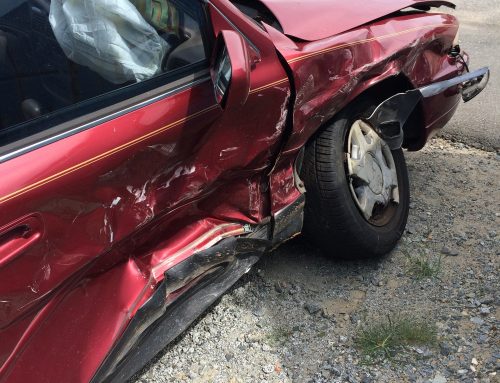According to the latest statistics (2018) from the National Highway Traffic Safety Administration, there is good news and bad news regarding motorcycle accidents and motorcycle injuries. While the number of accidents has decreased by approximately 5% over the last several years – indicating that safety measures and awareness are beginning to work – motorcyclists still represent a much higher percentage of fatalities on the road.

For those who are in a motorcycle accident due to another driver’s negligence, serious injuries are often an unfortunate reality. These include neck and back injuries; spinal trauma and paralysis; head injuries and brain trauma; broken bones, dismemberment and amputation. These are life altering injuries, and the motorcyclist who sustains these injuries deserves reimbursement for their injuries.
Motorcyclist Responsibility
If you ride a motorcycle, you understand the thrill, the challenge, and quite frankly – the possible danger of being on a bike. Data proves that someone on a motorcycle is 28 times more likely to die in a crash than the driver or passenger in a car.
Being safe on a motorcycle requires attention, balance and coordination, and the ability to use good judgement and make quick decisions. Riding a motorcycle requires a different skill set and knowledge base than driving a car, and requires a separate license to operate. Sadly, 29% of fatalities involve motorcyclists without a proper license. If you wish to ride a motorcycle and be as safe as possible, be sure to take all required tests, be properly licensed, and take the time to “get the feel of” riding a motorcycle in a safe environment before striking out on the road.
Motorcyclists are responsible for wearing the right protective clothing, a safety helmet, and for completely abstaining from drugs or alcohol. You also need to be very aware of the motorists surrounding you on the road, understanding that they often do not see you immediately.
How Do Motorcycle Injuries Occur?
The most common types of motorcycle crashes which cause injuries fall into a few categories. Learning more about how these accidents occur will help a motorcycle rider to anticipate how drivers react in traffic. The majority of these accidents happen because the motorist is looking for a larger vehicle, not a bike – therefore a motorcyclist must be very vigilant and alert.
Left-Hand Turn Accidents: The most common motorcycle accident occurs when the rider is passing through the intersection and a car coming from the opposite direction turns into the rider’s path.
Rear End Accidents: Whether at stop signs or traffic lights, when a motorcyclist is hit from behind the injuries can be significant.
T-Bone Accidents: These types of accidents occur most frequently at intersections; usually when a motorist or motorcyclist runs a stop sign or traffic light. The speed of the biker is often judged inaccurately, and motorists think they will not collide.
Lane Changes: Because they are so much smaller than cars and SUVs, motorcyclists often get caught in a motorist’s blind spot, making a rider vulnerable to being hit when the driver changes lanes.
Head-on Collisions: These types of collisions are the most deadly for anyone on the roads, rather riding in a car or on a motorcycle. 78% of fatal motorcycle crashes involve a head on collision with another vehicle.
If you were in a an accident and sustained motorcycle injuries due to the other driver’s negligence, call Probinsky & Cole for a free consultation. We are here to help you in this confusing time.







